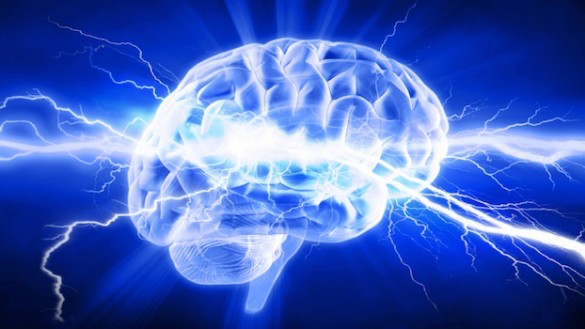Loss of function of the protein FIG4 causes several diseases – Charcot-Marie Tooth disease, Yunis-Varon syndrome and epilepsy – that share similar pathological features of abnormal lysosomal storage and neuronal degeneration. Lysosomes break down unwanted materials in the cell.
Using a technique that quantifies lysosome sizes, Jun Li, M.D., Ph.D., and colleagues detected impaired lysosomal fission (breaking apart) but normal lysosomal fusion in cells missing FIG4. They found that the fission defect was associated with a large increase in calcium inside lysosomes, which was consistent with a reduction in the ligand that activates calcium efflux from the lysosome through a channel called TRPML1. Using a synthetic ligand (ML-SA1) to reactivate TRPML1 calcium channels reduced intralysosomal calcium levels and rescued abnormal lysosomal storage in cultured cells and neurons from mice missing FIG4.
The study, reported April 29 in the Journal of Neuroscience, revealed a novel mechanism to explain abnormal lysosomal storage associated with FIG4 deficiency. Synthetic ligands of TRPML1 may be useful therapies for FIG4-associated diseases.
This research was supported by grants from the National Institutes of Health (NS066927, NS081364) and by the Department of Veterans Affairs.
Send suggestions for articles to highlight in Aliquots and any other feedback about the column to aliquots@vanderbilt.edu














